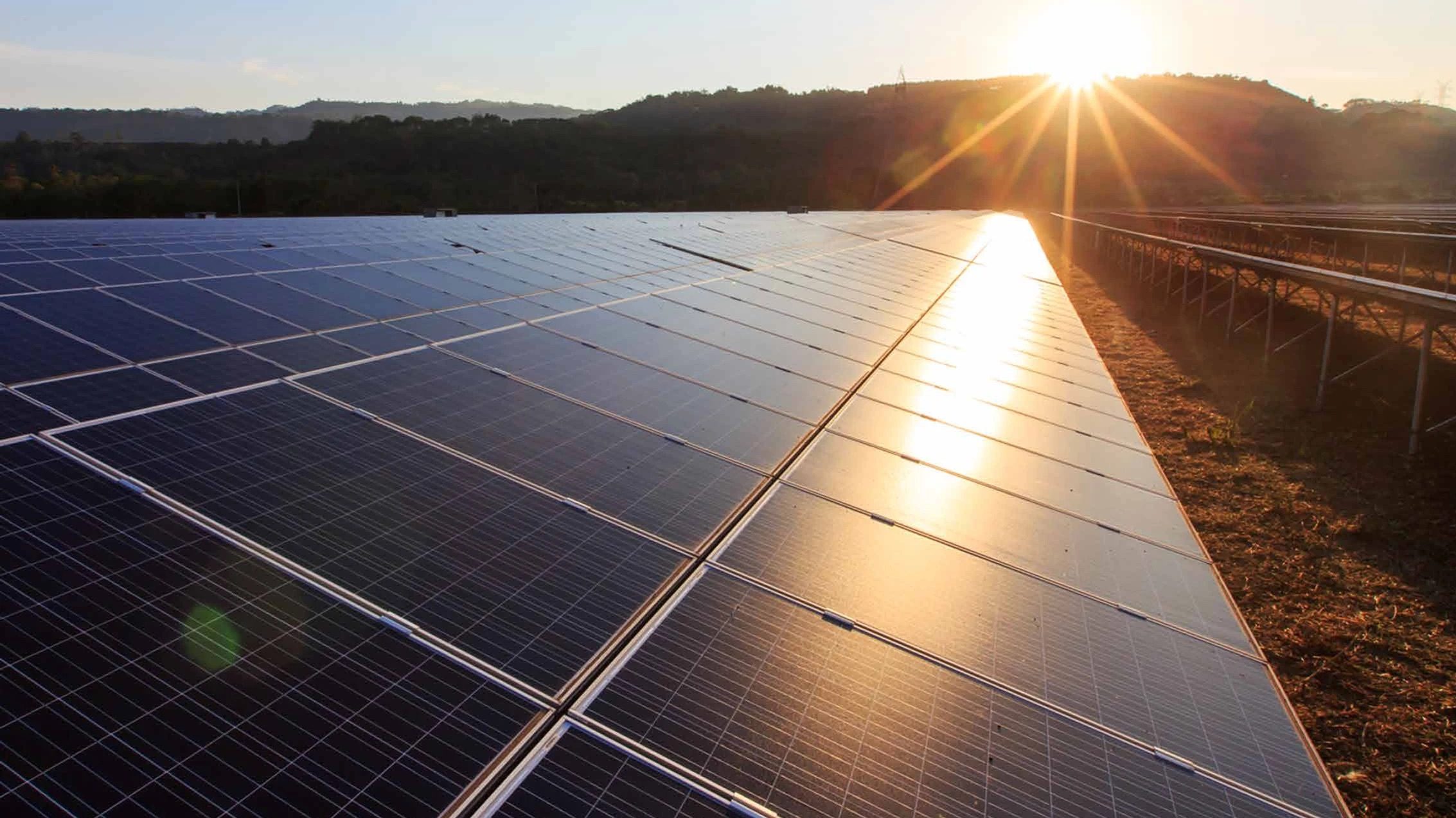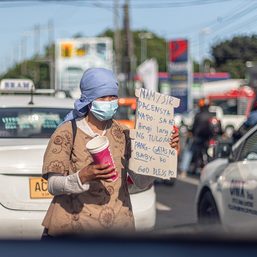SUMMARY
This is AI generated summarization, which may have errors. For context, always refer to the full article.

MANILA, Philippines – Most Filipinos see the need to increase the Philippines’ renewable energy sources like solar, wind, and hydropower, according to the results of a survey conducted by Pulse Asia Research, Incorporated.
Based on the survey conducted from September 10 to 14, 85% of Filipinos agree that it is “truly important” to increase the use of renewable energy sources. This is also the dominant sentiment across social classes.
The findings are part of a recent survey that indicate that a big majority of Filipinos have been feeling the effects of climate change in the past three years. The survey had 1,200 adult respondents nationwide.
Pulse Asia president Ronald Holmes said the data is clear that Filipinos share the rising clamor around the world towards renewables.
“This is a sentiment in terms of favoring renewable energy sources, a sentiment that is shared by many Filipinos,” Holmes said in a forum organized by think tank Stratbase ADR on Monday, November 13.
First: reliable and affordable electricity
The public clamor for cleaner energy sources go side by side with concerns on affordable and reliable electricity.
Electricity costs are steep while supply remains unreliable in parts of the country. During his second State of the Nation Address in July, President Marcos Jr. had ordered a performance review of the National Grid Corporation of the Philippines (NGCP), in light of delayed grid connections.
The NGCP is tasked to ensure transmission assets are in tip top shape to deliver reliable electricity.
Terry Ridon, convenor of think tank Infrawatch PH, said on Monday that the review is only relevant to the government’s job to make sure that the NGCP’s “actions align with national interests including energy security, affordability, and reliability.”
“Beyond the financial implications, the delay in the review of renewable projects affects the entire energy sector’s capability to adopt modern, sustainable, and environmentally friendly practices,” said Ridon.
Ridon said a recalibration of the NGCP’s priorities “towards greater public accountability and the infrastructure investment is imperative.”
Delays in grid connections would hamper efforts to address the growing demand – and potential investments on renewables – in the years to come.
According to Majah Ravago, an energy economist from Ateneo de Manila University, electricity consumption in the country would quadruple from the 2018 level by 2040.
To meet the demand, she said the government should ease regulatory burdens and expand transmission to encourage investments in renewables.
Ravago ended her presentation at the Stratbase forum on a high note, saying the Philippines is in a good position to implement reforms necessary for energy transition. For starters, the government had already liberalized the renewable sector, allowing full foreign ownership of renewable energy projects.
But she also emphasized that there is no overnight solution to the issue.
“Transition is not abrupt,” said Ravago in the same forum. “It is a dynamic process.”
Why is this important?
The shift to renewable energy is a crucial step towards lowering carbon emissions and fighting the climate crisis.
For the longest time, the world had been reliant on fossil fuels to generate electricity. Burning fossil fuels releases carbon dioxide and other greenhouse gases, contributing to climate change.
To reduce emissions, governments around the world are making efforts – albeit unequal and largely noncommittal – to shift to renewables.
Renewable energy sources are naturally occurring. They replenish over time, like sunlight, water, wind, biomass, and geothermal resources.
“[G]lobally there has been a consensus to shift or favor renewable energy sources and I’m glad that our energy officials shared with us many of those initiatives that have been already implemented,” said Holmes.
The Philippine government had already set targets in its National Renewable Energy Program. By 2030, renewables should make up 35% of the Philippines’ energy mix, and 50% by 2040.
Renewables make up 22% of the Philippines’ energy mix, according to the latest report from the Department of Energy.
As of June 30, 2023, the government had awarded 1,087 projects with renewable energy contracts, promising a total capacity of 113,654 gigawatt hours of electricity.
Despite the rising demand for renewables, many countries around the world still struggle with the simultaneous task of divesting from harmful fossil fuels. – Rappler.com
Add a comment
How does this make you feel?
![[VANTAGE POINT] NGCP debate: More about security than economics](https://www.rappler.com/tachyon/2023/08/tl-ngcp-security-revised.jpg?fit=449%2C449)


![[Vantage Point] Price control: The magic wand that does not work](https://www.rappler.com/tachyon/2023/09/20230919-magic-wand-doesnt-work.jpg?resize=257%2C257&crop_strategy=attention)











There are no comments yet. Add your comment to start the conversation.